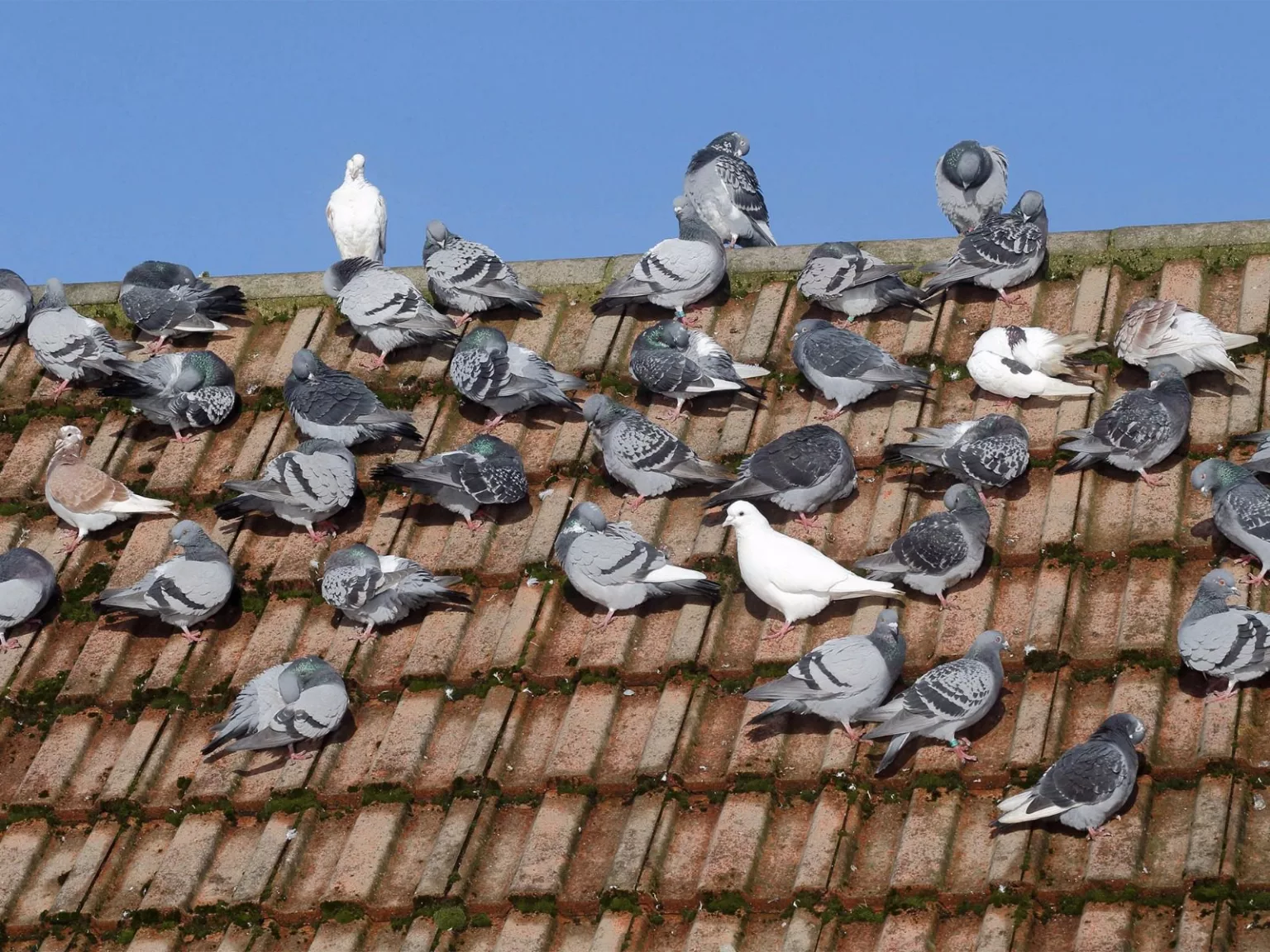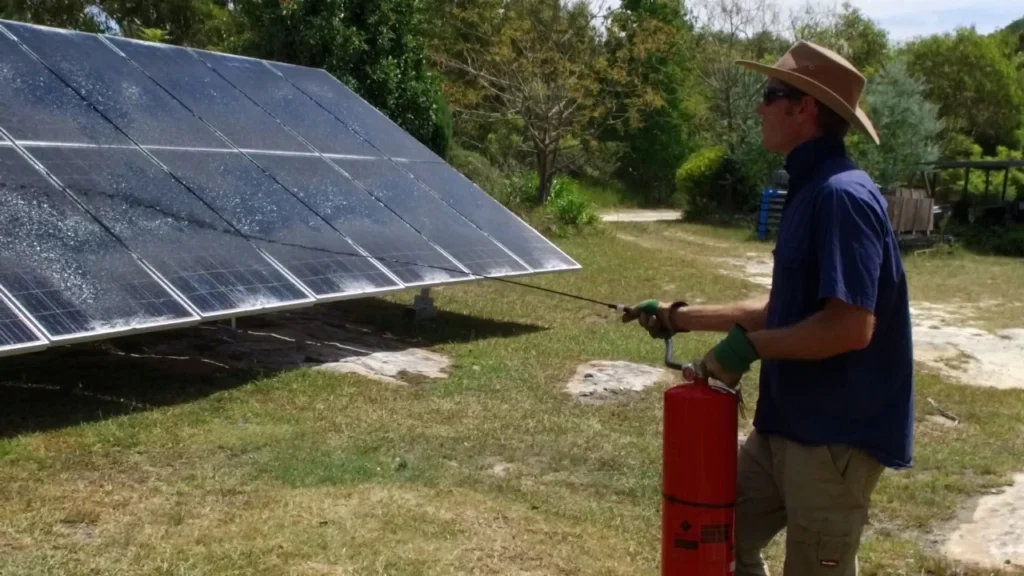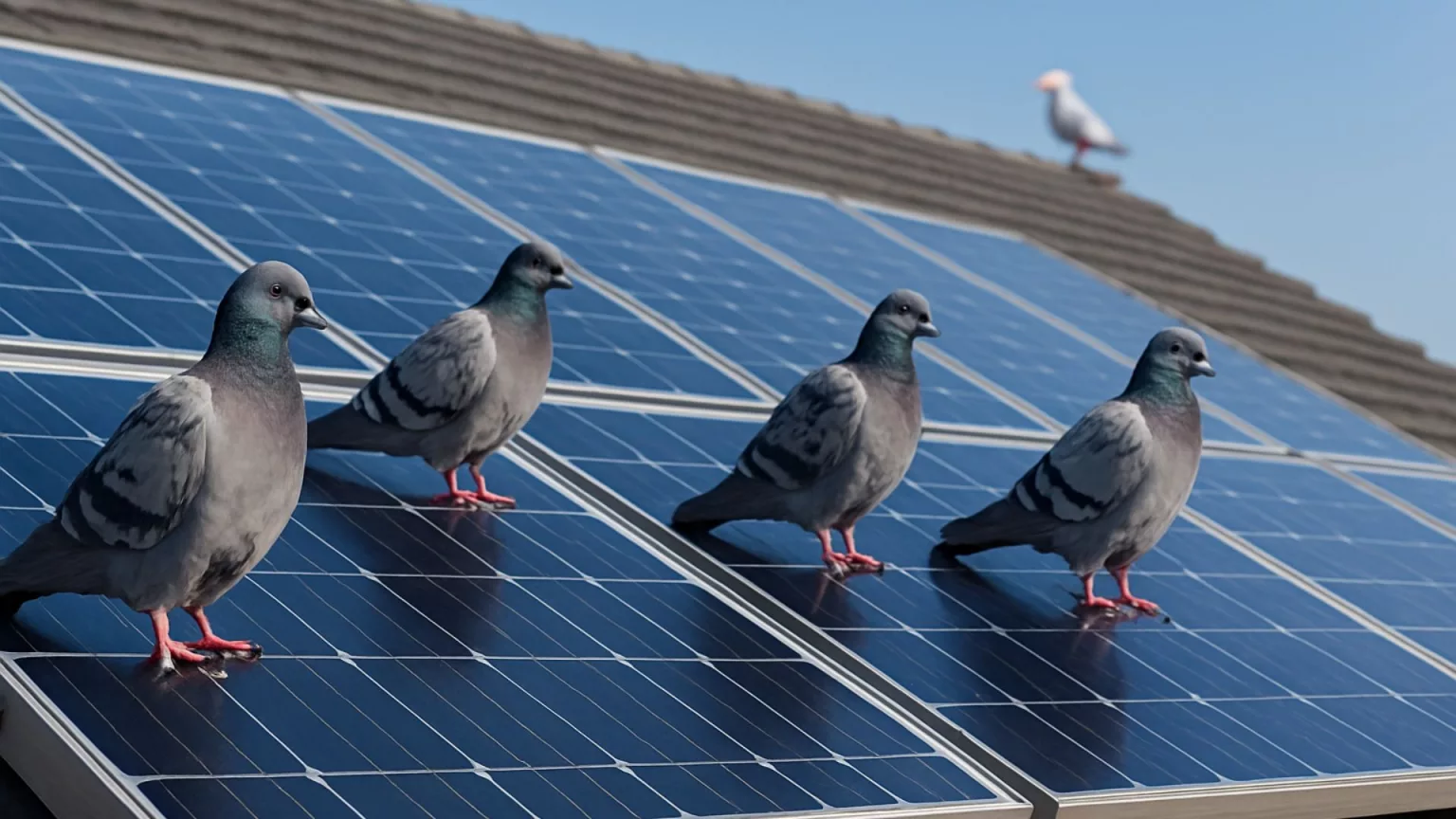Protecting Your Solar Panels: The Power of Bird Proofing
As solar panel adoption grows across homes and commercial buildings, a new challenge is quietly taking root — or rather, nesting under panels. Birds, especially pigeons and gulls, find the space under solar arrays a perfect place to build their nests. While this may seem harmless, the reality is far more damaging, both to your system and the surrounding environment.
In this blog, we’ll explain how bird proofing works, the value it brings to your solar panel system, and why it’s a smart, eco-conscious choice for property owners.
The Hidden Costs of Bird Activity
Nesting birds under solar panels can create a cascade of issues:
-
Corrosive droppings: Bird droppings are highly acidic and can stain or degrade the surface of solar panels, reducing energy output.
-
Fire hazards : Nesting materials like twigs and feathers can interfere with wiring and ventilation, posing fire risks.
-
Noise and mess: Constant noise and debris accumulation can disrupt the aesthetics and peace of your property.
-
Health and safety: Bird droppings can create slippery surfaces and pose health risks due to bacteria like salmonella and histoplasmosis.
A Smart and Humane Solution

Bird proofing solutions are designed to deter birds without harming them. The most common methods include:
-
Mesh barriers to block access under the panels.
-
Anti-roosting spikes placed on ledges, beams, and other perches.
-
Netting systems to protect broader areas like car parks or roof spaces.
These methods are discreet, durable, and tailored to each site — whether it’s a home installation or a large-scale commercial setup.
Preventing Long-Term Damage
A large university accommodation site recently faced severe bird-related problems. Pigeons were nesting on structural elements, leading to:
-
Slippery pathways due to droppings — a major risk for students and staff.
-
Cladding corrosion from acidic waste.
-
Complaints over bird mess on cars parked nearby.
Following a comprehensive survey, a two-part deterrent system was installed: netting for wide-open spaces and spikes for exposed beams. The result? A complete stop to bird issues, with no call-backs or maintenance required since installation. This kind of solution protects not only building infrastructure but also the people who live and work there.
Why It Matters for Solar Panels
Bird proofing isn’t just for aesthetics — it directly affects solar performance:
✅ Higher Efficiency: Cleaner panels produce more energy.
✅ Extended System Life: Protects wiring, inverters, and mounting structures.
✅ Fewer Repairs: Prevents avoidable damage from nests or droppings.
✅ Peace of Mind: Less mess, less noise, and fewer safety concerns.
Environmental Benefits
Bird proofing also plays a role in environmental protection:
-
Prevents unnatural bird congregation and nesting patterns, supporting healthier ecosystems.
-
Protects buildings from damage, reducing the need for chemical cleaners or repairs.
-
Helps solar systems operate at peak performance — promoting the use of clean, renewable energy.
In short, bird proofing enhances your sustainability efforts, not just your system’s reliability.
Final Thoughts
Bird proofing is a low-cost, high-impact way to protect your solar panel investment while supporting wider environmental goals. Whether you’re a homeowner or managing a large facility, it’s a smart addition to your renewable energy strategy.
Protect Your Solar Panels – Shop Bird Proofing Solutions Today
Don’t wait for pigeons to cause costly damage to your solar investment. Our range of bird proofing products offers an easy, effective way to keep birds out and your panels performing at their best.
️ Easy to install
️ Humane and eco-friendly
Suitable for residential and commercial systems
Browse Bird Proofing Products Now
Secure your solar panels. Reduce maintenance. Keep nature in balance.
Need help installing bird proofing equipment? Contact us here.





